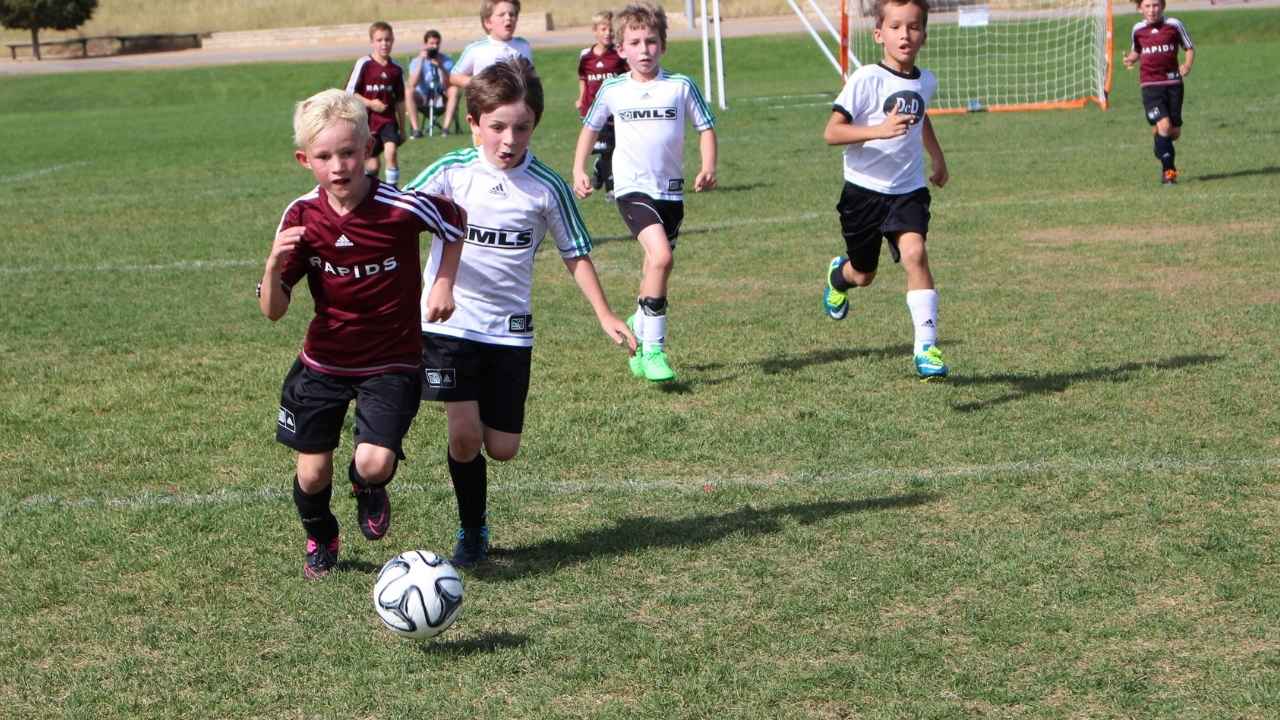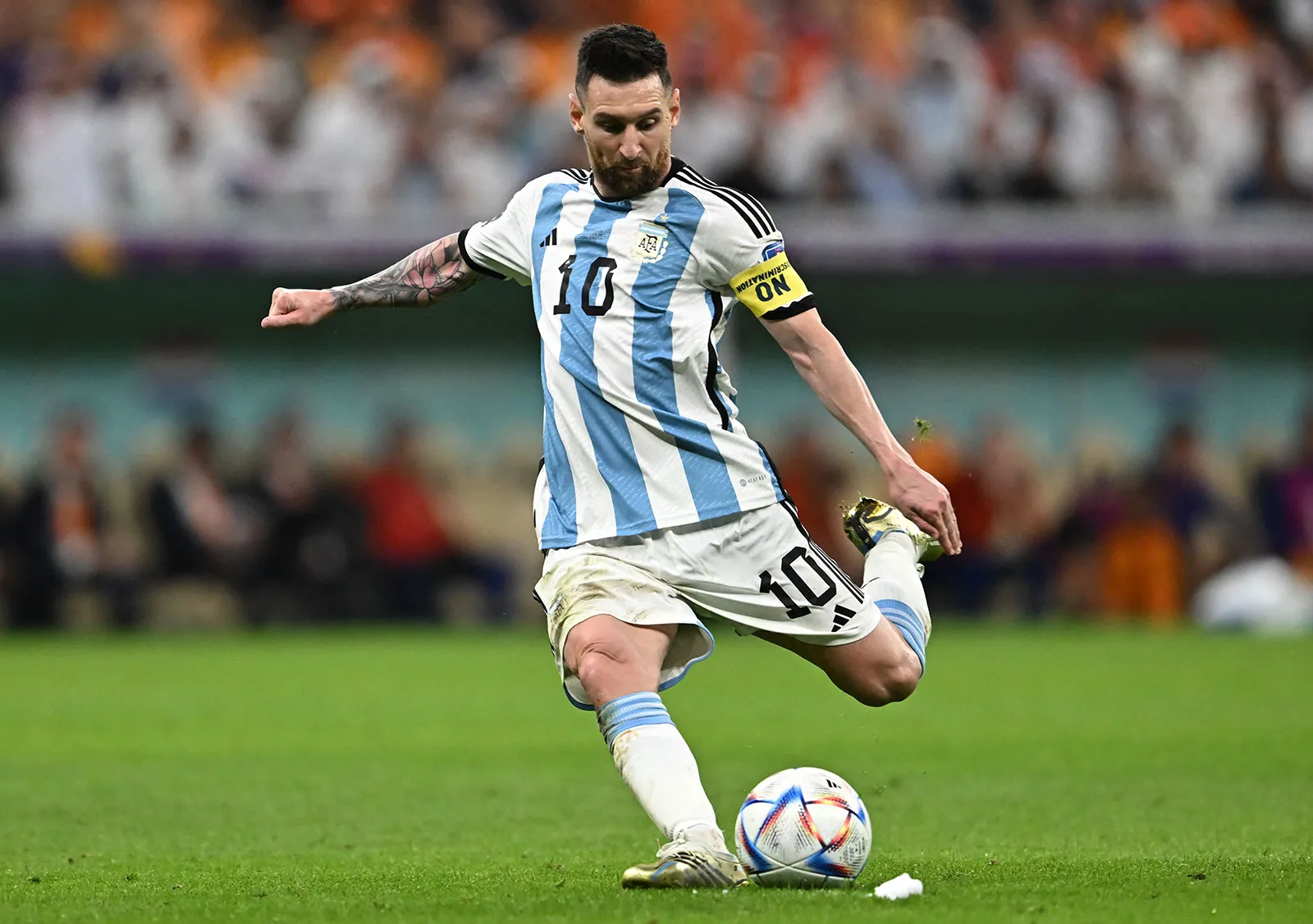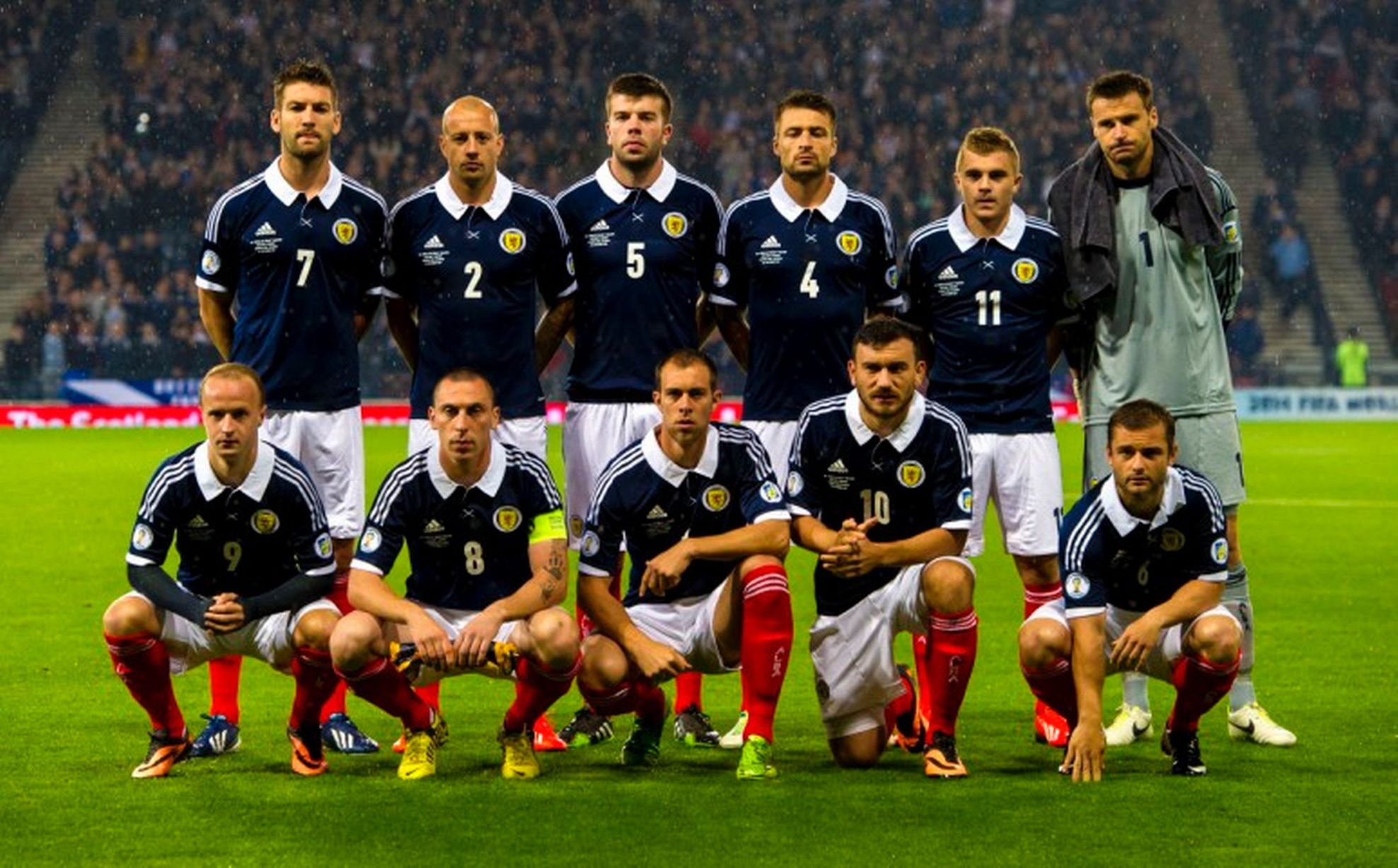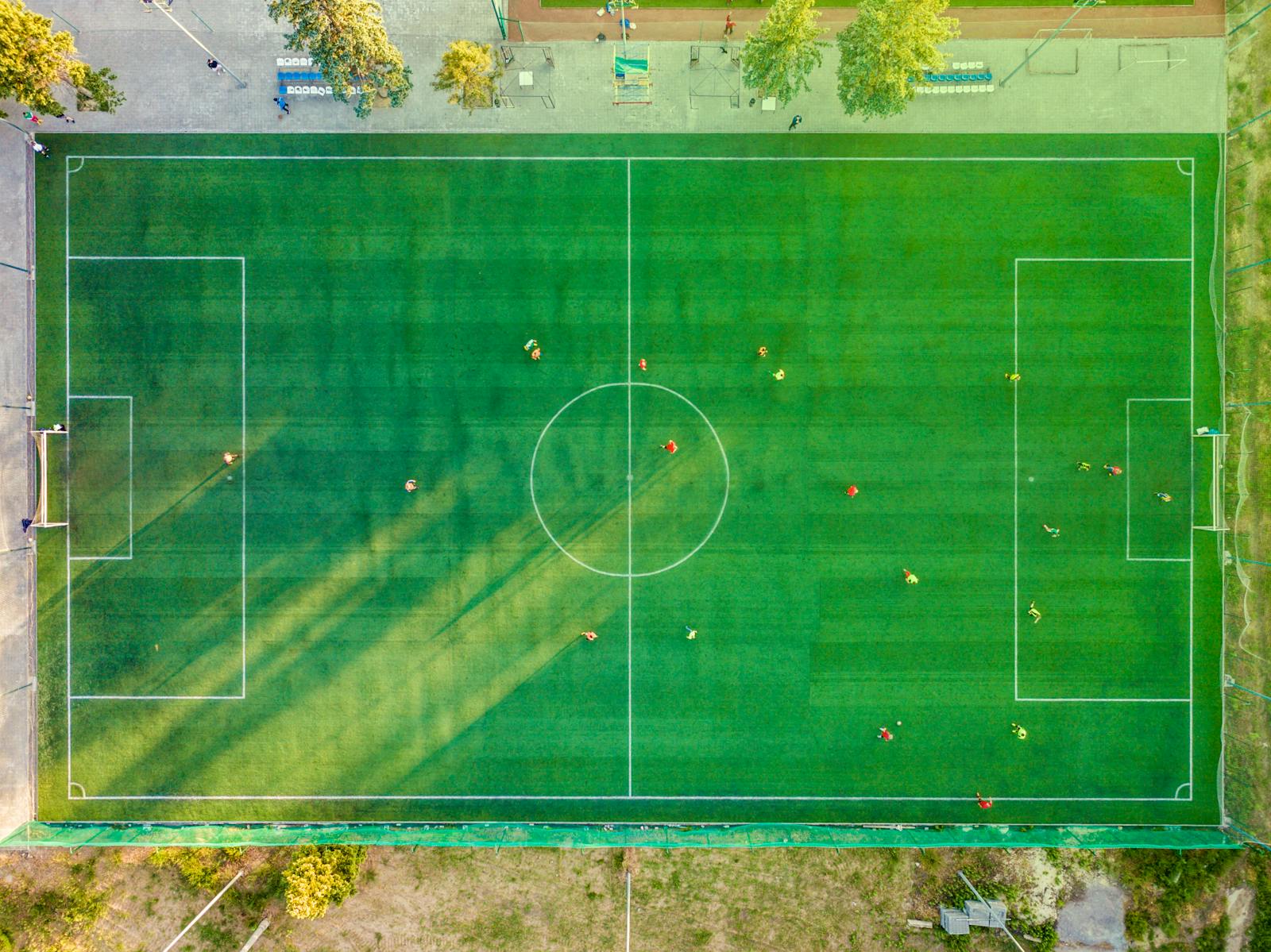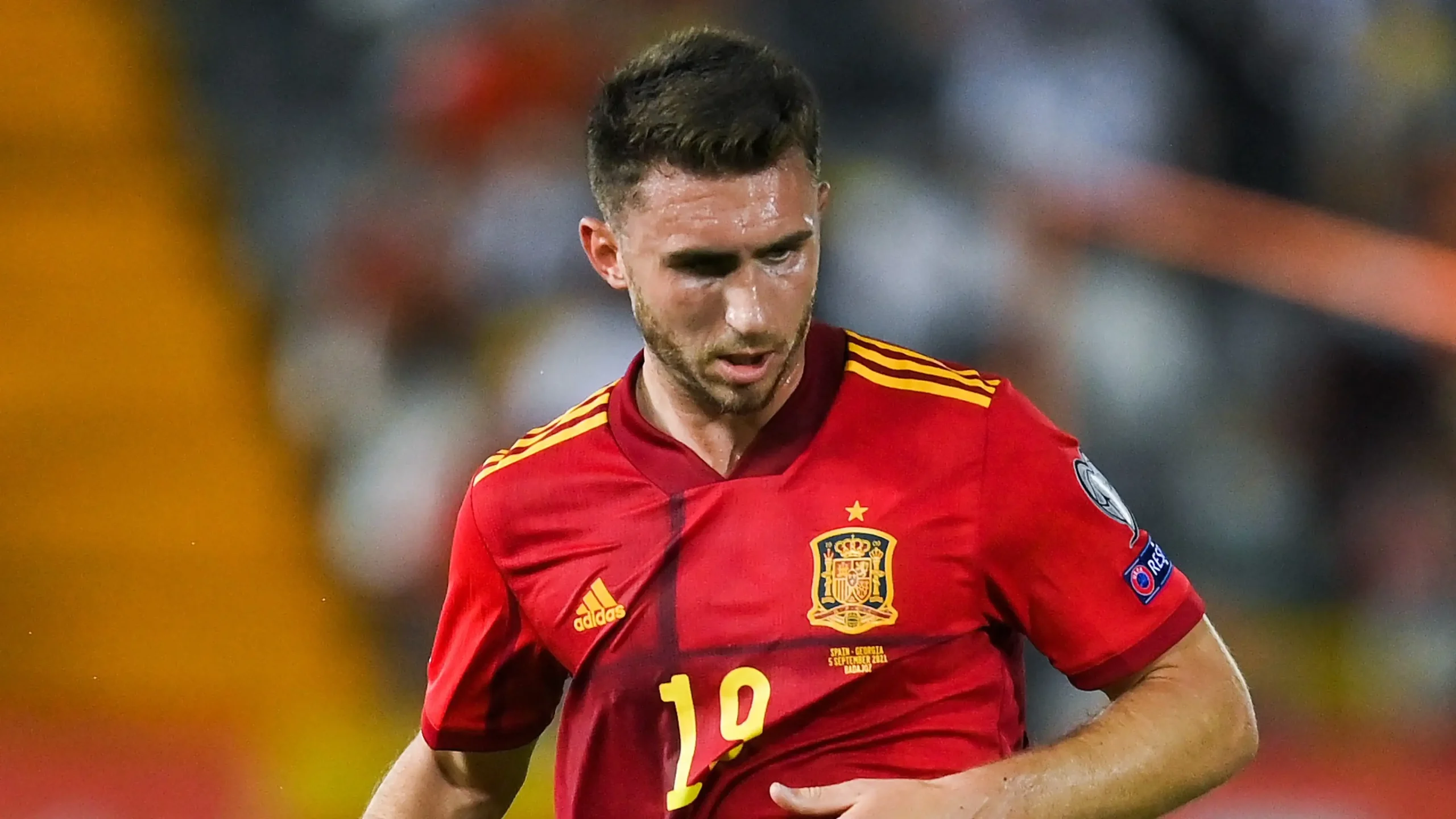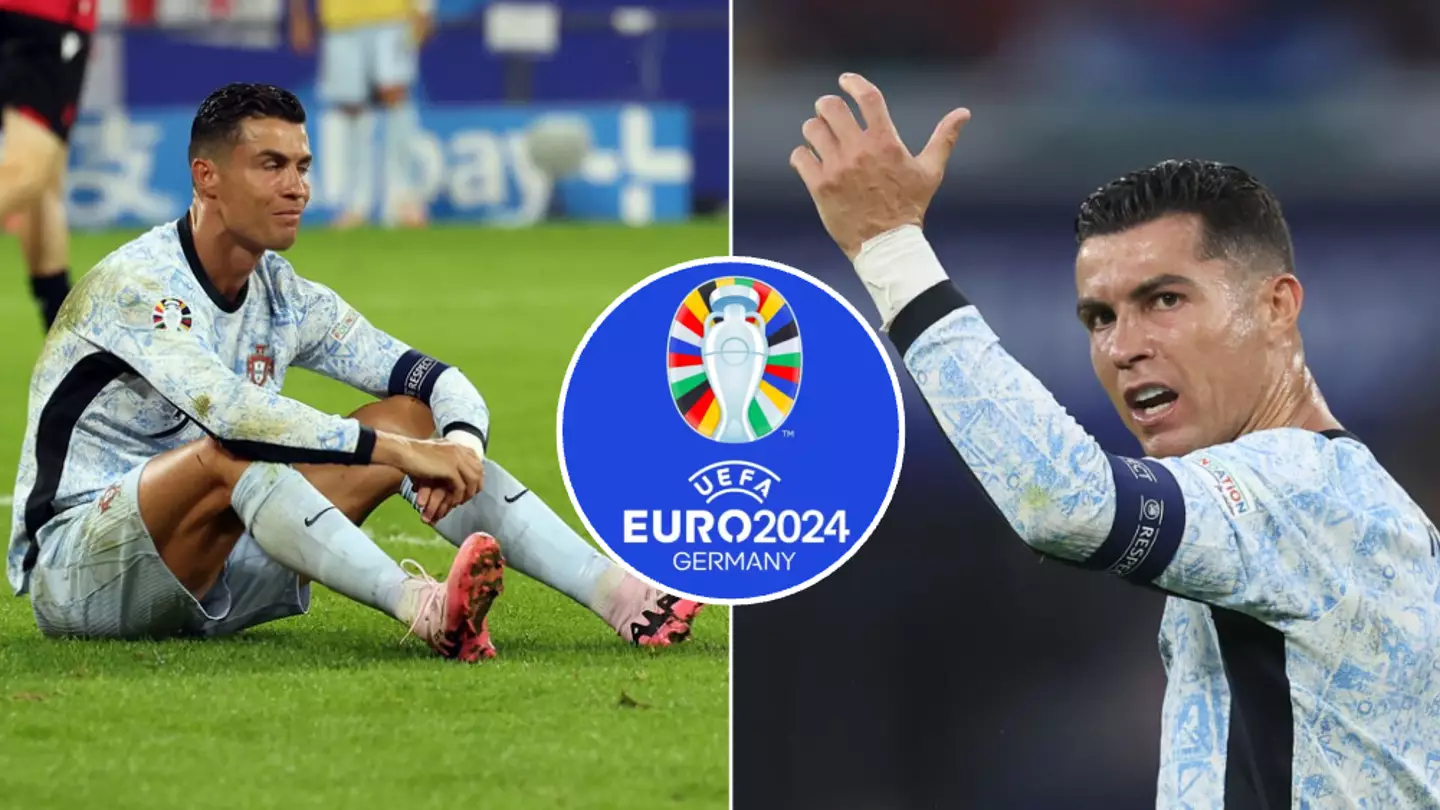Understanding soccer positions is key to appreciating the game. In soccer, there are 11 positions, including ten outfield players and one goalkeeper. Each position has unique roles and responsibilities that contribute to the team’s tactics and overall playing style. From the goalkeeper who protects the net to the striker aiming to score, knowing these roles enhances your grasp of team dynamics.
Exploring the different soccer positions can help you discover what suits your playing style best. Whether you’re a defender who loves stopping attacks or a creative midfielder who controls the game flow, each position requires specific skills and characteristics. Choosing the right position can significantly improve your performance on the field.
Formations in soccer determine how these positions are arranged, impacting team strategy. Common formations like 4-4-2 or 3-5-2 illustrate how flexible and specialized soccer positions can be. Understanding these formations can elevate your tactical knowledge and appreciation for the strategic depth involved in the game. Delve into the fascinating world of soccer positions and unlock the secrets behind every player’s role on the field.
Goalkeepers
The goalkeeper, or keeper, is the last line of defense on a soccer field. Your primary role is to prevent the opponent from scoring. Unlike other players, you can use your hands within the penalty area.
Key Skills for Goalkeepers:
- Reflexes: Quick reactions are crucial to stop fast-moving shots.
- Footwork: Good movement helps you position yourself better.
- Catching: Securely catching the ball is key to avoid rebounds.
A good goalkeeper needs physical strength to handle powerful shots and stamina to stay alert throughout the game. You also need excellent positional awareness, knowing where to be at the right time.
Communication is essential. You must organize the defense by giving clear instructions. A good example is the role of the sweeper keeper, who not only stays near the goal but also actively participates in defending by clearing balls outside the penalty area.
Anticipation and reading the game are crucial. You must predict the opponent’s moves and act before the ball reaches the goal.
Jersey Number: Typically, goalkeepers wear number 1.
To sum up, being a goalkeeper requires a mix of skills, including quick reflexes, strong communication, and good positional sense.
Defenders
Defenders are crucial in soccer, protecting the goal and preventing the opposing team from scoring. They cover a variety of positions, each with its own unique responsibilities and skills. Below, you’ll explore the different defensive roles, from the right-back to the sweeper.
Right-Back
The right-back is a key player in the defense line. Positioned on the right side of the field, a right-back’s main goal is to stop attacks down the wing. This role involves a high work rate, as you’ll need to keep up with wingers and make timely tackles.
Expect to make crosses when pushing up the field and support attacking players in build-up plays. Your stamina is vital because you must switch quickly between defensive duties and attacking support.
Right Wing-Back
A right wing-back blends the responsibilities of a right-back and a midfielder. You will patrol the right side of the field, participating in both defense and attack. This role demands excellent stamina and the ability to deliver accurate crosses for goal-scoring opportunities.
In defense, expect to track back and tackle aggressively, but you’ll also push forward to support wing play. The right wing-back must be versatile, comfortable with different aspects of the game, and ready to shift between roles seamlessly.
Left-Back
The left-back mirrors the right-back but operates on the opposite side. Your main job is to thwart attacks originating from the right side of the opponent’s attack. Strong tackling and interceptions are essential skills.
You will also support attacking players by making overlapping runs and delivering crosses from the left flank. Maintaining positional awareness ensures you can cover defensive gaps and contribute effectively to the team’s offensive actions.
Left Wing-Back
The left wing-back, like the right wing-back, engages both offensively and defensively. Positioned on the left, you need impressive stamina and speed to cover the field’s length. Your role includes delivering quality crosses and making crucial tackles.
Balancing defensive coverage with offensive thrusts is key. You’ll often find yourself supporting the midfield and adding width to attacking plays. This position requires adaptability and a high work rate to succeed in both defensive and offensive phases.
Sweeper
The sweeper plays just in front of the goalkeeper, but behind the main line of defenders. You’ll act as a last line of defense, covering any mistakes and clearing loose balls. This role demands great anticipation and ability to read the game.
Technical ability and strong positional awareness are crucial. Unlike other defenders, you have the freedom to move across the field and intervene wherever needed. Your primary tasks include intercepting passes, making crucial tackles, and supporting the goalkeeper.
Center-Back
A center-back is the heart of the defense. Positioned centrally, your main responsibilities include blocking attacks, making tackles, and winning aerial duels. Physical strength and ability to intercept attacks are paramount.
You will also help in organizing the defense, ensuring the team maintains a solid defensive shape. Center-backs should communicate effectively with the goalkeeper and other defenders, as their role is crucial to maintaining a well-coordinated defensive line.
Midfielders
Midfielders play a key role in connecting the defense and the attack. They are responsible for various tasks such as passing, dribbling, and maintaining possession. Their positioning and roles can vary significantly based on the team’s strategy.
Central Defensive Midfield
A central defensive midfielder focuses on protecting the defense. This player often intercepts passes and makes crucial tackles. Strong anticipation skills are needed to break up the opponent’s attacks. Known also as a holding midfielder, they need great stamina and the ability to maintain a high work rate throughout the game.
Central Midfield
Central midfielders are often seen as the engine of the team. They cover both defensive and offensive roles, connecting different parts of the field. Box-to-box midfielders require exceptional stamina and must excel in passing and dribbling to keep possession. Their work rate is crucial for the team’s success.
Central Attacking Midfield
A central attacking midfielder is often the creative force behind goal-scoring opportunities. They focus on attacking play, using their skills in passing, dribbling, and maneuvering. Creativity and technical ability are vital, along with the ability to stay composed under pressure and deliver accurate shots.
Right Midfield
Right midfielders or wingers are positioned along the right side of the field. They must be quick, possess good dribbling skills, and deliver precise crosses. These wide midfielders help stretch the opponent’s defense and create space for attacking players to exploit. Their role is critical in maintaining possession and turning it into offensive play.
Left Midfield
Left midfielders or left wingers have tasks similar to right midfielders, but operate on the left side. Speed and the ability to make effective crosses are crucial. Like their counterparts on the right, they assist in stretching the field, supporting attacking plays, and helping the team retain possession under pressure.
Forwards
In soccer, forwards are crucial for creating goal-scoring opportunities. Their main job is to attack, often using their speed, dribbling skills, and positioning to break through defenses and score goals.
Right Wing
The right winger plays on the right side of the field. This player needs excellent dribbling skills and speed to outrun defenders.
A right winger often sends crosses into the penalty box, creating chances for other attackers. This position also requires good anticipation to exploit spaces left by the opponents and make quick decisions on whether to dribble, pass, or shoot.
Second Striker
The second striker plays just behind the main striker, often acting as a link between the midfield and the forward line.
This role demands high technical ability and creativity to break down defenses and set up goal-scoring opportunities. Unlike traditional strikers, second strikers also help in building possession and may drop back to assist the midfield in defense.
Centre-Forward
The centre-forward is often the primary goal-scorer. Positioned in the middle of the attacking line, this player must excel in finishing, shooting, and winning headers.
A good centre-forward uses physical strength to hold off defenders and create space for teammates. Quick decision-making and goal-scoring instinct are essential to capitalize on even the smallest chances.
Striker
The striker is another key player for scoring goals. Positioned closest to the opponent’s goal, the striker uses anticipation and poaching skills to convert opportunities into goals.
Strikers must be adept at using both feet and their head to score. They also need excellent timing to beat defenders and be in the right place at the right time. Physical fitness helps them endure throughout the match and maintain the pressure on defenses.
Left Wing
The left winger operates on the left side of the field. Much like the right winger, the left winger relies on speed and dribbling to beat defenders.
This position often includes inverted wingers who cut inside onto their stronger foot to take a shot. Left wingers play a dual role, providing crosses into the box and also taking shots themselves when opportunities arise. They must also track back to help in defensive duties.
Lastly, the effectiveness of wingers is measured by their ability to create consistent goal-scoring opportunities for their team.
